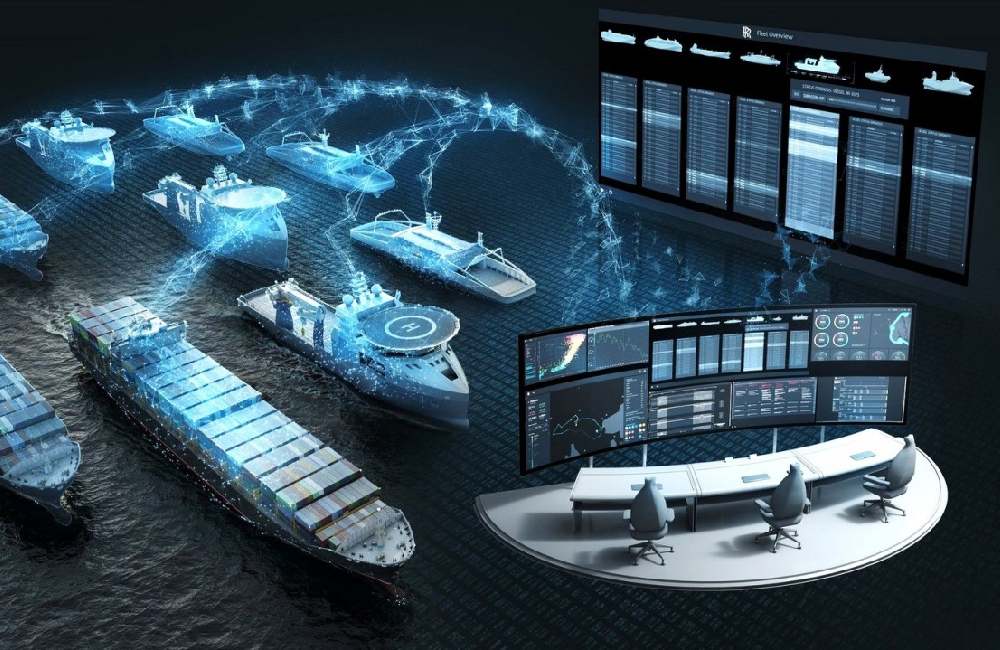Maritime environments face unique challenges, including corrosion, saltwater exposure, and constant motion. To maintain safety and security, reliable surveillance systems must be designed for these harsh conditions.
Start by selecting cameras with rugged, corrosion-resistant housings. Stainless steel or marine-grade materials ensure durability in salt-laden air and humidity.
Weatherproofing is essential. Choose cameras rated IP66 or higher to withstand heavy rain, wind, and extreme temperatures. Vibration resistance also plays a key role for ships or offshore platforms.
Modern maritime surveillance also needs intelligent features like motion detection, real-time alerts, and remote monitoring. These tools improve situational awareness and allow fast response to incidents.
Ensure seamless integration with existing vessel or port management systems. Compatibility allows for unified monitoring and better coordination during operations.
Additionally, future-proof systems should support firmware updates and scalable storage solutions, such as edge recording or cloud backup.
By investing in robust and smart surveillance technology, maritime operators can enhance safety, protect assets, and stay prepared for tomorrow’s security needs.




